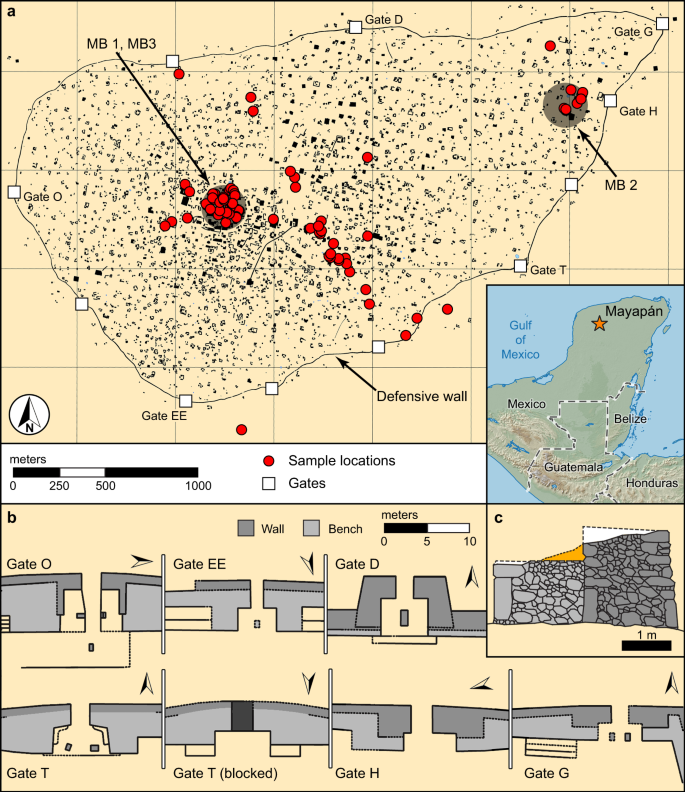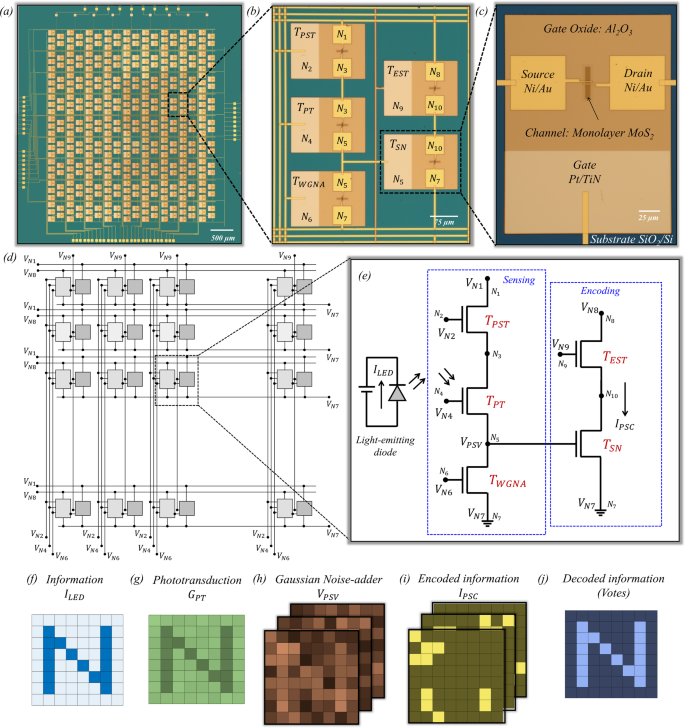2022-07-19 コロンビア大学
通常、電気と水は混ざりたくないものですが、電気が水のようにふるまうことで、電子デバイスを改良できる可能性があります。
最近の研究は、この異常な流体力学的挙動に関する新しい理解を築き、金属の物理に関するいくつかの古い仮定を変更するものである。この研究は、4月15日にScience Advances誌に掲載されました。
研究チームは、負に帯電した電子と正に帯電した「正孔」が同時に電流を流す新しい半導体の挙動を研究しました。1つは電子と正孔が互いに滑り合う様子を表す式、もう1つは材料の原子格子内をすべての電荷が一緒に移動する様子を表す式である。
研究チームは、流体力学的伝導性に関する新しいシンプルなモデルを実験的に検証するため、2枚の原子レベルの薄さの炭素シートからなる二層グラフェンを研究した。電子と正孔の密度を変化させながら、室温から絶対零度までの電気伝導率を測定した。その結果、モデルと結果が見事に一致することを発見した。
このモデルは、導電性をオン・オフできるように材料を調整したときに機能し、流体力学的挙動は室温でも顕著であった。
低抵抗で室温での導電性は、非常に実用的な応用が期待できる。抵抗なく電気を通す既存の超電導材料は、とてつもなく低温に保つ必要がある。流体力学的な流れが可能な材料は、粘性のある電子デバイスとして知られているが、このような強力で高価な冷却を必要としない、より効率的な電子デバイスの製造に役立つ可能性がある。
<関連情報>
- https://www.engineering.columbia.edu/news/hone-lab-model-electron-flow-hydrodynamic-conductivity
- https://www.science.org/doi/10.1126/sciadv.abi8481
調整可能なバンドギャップ半導体における散逸を利用した流体力学的伝導性 Dissipation-enabled hydrodynamic conductivity in a tunable bandgap semiconductor
Cheng Tan,Derek Y. H. Ho,Lei Wang ,Jia I. A. Li ,Indra Yudhistira ,Daniel A. Rhodes,Takashi Taniguchi ,Kenji Watanabe ,Kenneth Shepard,Paul L. McEuen,Cory R. Dean ,Shaffique Adam,James Hone
Science Advances Published:15 Apr 2022
DOI:DOI: 10.1126/sciadv.abi8481

Abstract
Electronic transport in the regime where carrier-carrier collisions are the dominant scattering mechanism has taken on new relevance with the advent of ultraclean two-dimensional materials. Here, we present a combined theoretical and experimental study of ambipolar hydrodynamic transport in bilayer graphene demonstrating that the conductivity is given by the sum of two Drude-like terms that describe relative motion between electrons and holes, and the collective motion of the electron-hole plasma. As predicted, the measured conductivity of gapless, charge-neutral bilayer graphene is sample- and temperature-independent over a wide range. Away from neutrality, the electron-hole conductivity collapses to a single curve, and a set of just four fitting parameters provides quantitative agreement between theory and experiment at all densities, temperatures, and gaps measured. This work validates recent theories for dissipation-enabled hydrodynamic conductivity and creates a link between semiconductor physics and the emerging field of viscous electronics.



